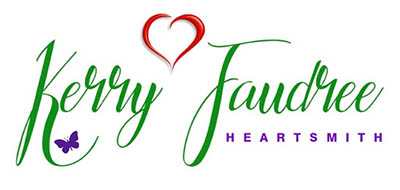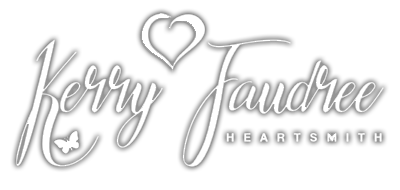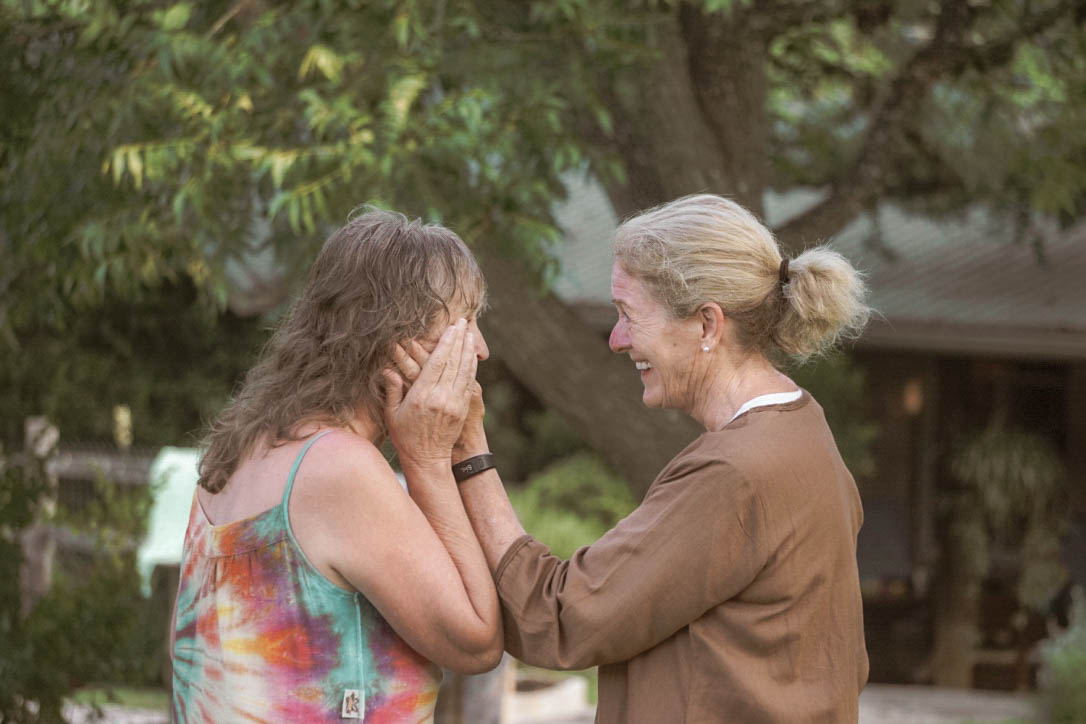by Kerry Faudree
I am often asked questions such as, ’why do we need a family program’, ‘why is the family so important’, ‘why do I need to include those who have been a cause of the pain’. The family has the keys that unlock the door into the dark room of hurt. When the family wants to be part of the solution to help the addict lose the grip of addiction, then miracles can happen. In my experience with working with families, the family truly is a system that works effectively when all members can contribute to the recovery process. When there is a weakness in the system, the whole family suffers. The family then works franticly to get back to balance and everyone in the family system sacrifices health to gain stability.
We break the cycle of conspiracy of the addiction when family members take part in the recovery process of treating addictions. Families learn the addition rules which are; don’t talk, don’t trust, don’t feel, and don’t need anything. The families learn extreme survival skills which are an extreme need to control, an overdeveloped sense of responsibility, an inability to trust and any behavior that supports the cycle of addiction.
After living with these rules and the skills, each member of the family developed roles that keeps them locked into the addiction. The spouse becomes a prime enabler or a co-addict, which often result in an inability to see the needs of the children. The children or siblings develop roles of protection and survival which seem from the outside to help the family function. Usually the oldest child develops a role of becoming ‘the hero’ who will take care of everything and the consequence is not learning how to take care of themselves. In most families, the next child develops a behavioral role in opposition to the hero which we have named ‘the scapegoat’. This child sacrifices themselves to become the problem in the family that everybody can focus on. Beneath the surface is a cry for help for the family. The next child tries to deal with the extreme behaviors through becoming the people pleaser, or ‘the peacemaker’. This child wants things to stop so they deny their own feelings and needs to bring peace. Because the family is living in crisis, the next child who we have named ‘the mascot’ brings relief to the family through humor. This child does their best to lighten the pain through silliness and bringing attention to make others smile and laugh. Finally, the last child we have named ‘the lost child’. This child brings relief through resignation, they just go with the flow and have no needs or feelings.
Through these behaviors the family learns to adjust, readjust and then finally maladjust. The family members lock themselves into these behaviors out of survival, and the consequences for each member can be lifelong unless they seek help. When treatment centers have a healthy family program, each member of the family present can look at their behaviors, their feelings, their thoughts, and finally their own needs. With education and processes, the family members can focus on themselves to begin their own recovery. This leaves the family member in treatment able to deal with their addiction, their blame toward the family members, and their own recovery. When family members accept responsibility for their recovery, the addict has a better chance at maintaining sobriety and decreases the chances for relapse.
A family program is vital for healing addiction because the family is the system which cannot function without the parts (members). It’s imperative that family programs are intense and experiential, where each family member needs to look at themselves and begin their healing process. The family program in treatment is only the beginning steps to start the whole family on the road to recovery. It is so important that the family spend at least three days together with other families to learn, grow, and discover what is healthy and necessary for healing. With desire, education, and experiential processes to expose the disease of addiction, the family program is the vital link to addiction recovery.


